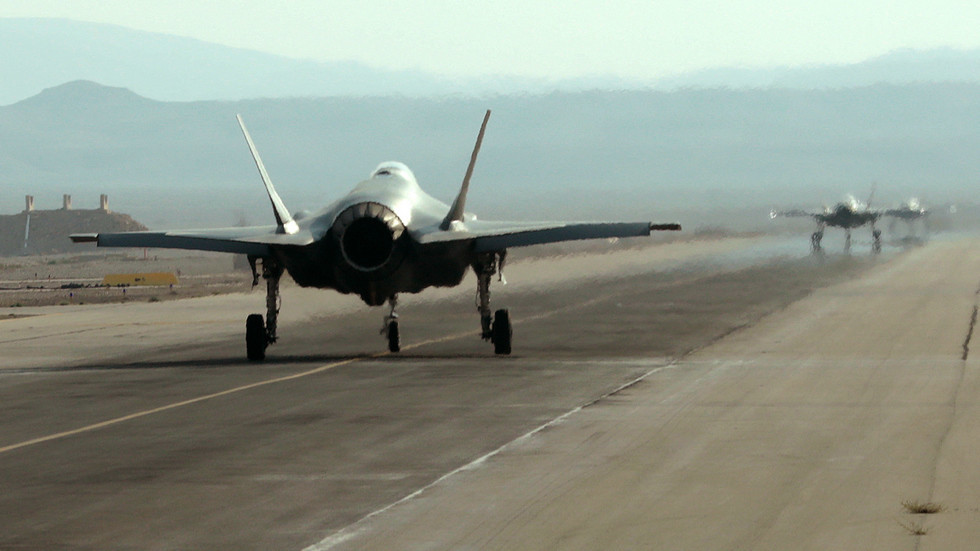Tensions have escalated in the Middle East following a series of explosive events in Tehran, as the Israel Defense Forces (IDF) initiated a multi-wave air raid on the Iranian capital. The Israeli response is rooted in a prior attack by Iran on October 1, during which Tehran launched approximately 200 ballistic missiles toward Israel. This offensive was in retaliation for the recent killings of high-profile leaders from Hamas, Hezbollah, and an Iranian general within the Islamic Revolutionary Guard Corps (IRGC). The IDF has asserted that its airstrikes are focused exclusively on military installations, emphasizing their operational precision in targeting. However, Iran claims that their own missile strikes successfully damaged several military sites in Israel, igniting a fierce back-and-forth exchange between the two nations.
In the aftermath of the October 1 missile attack, Israel made clear its intention to respond decisively. The IDF issued a warning, stating that it would implement a “deadly, pinpoint accurate, and surprising” retaliation strategy, although the specifics and timing of this response were left ambiguous. Leaked information regarding potential Israeli targets circulated in media outlets, heightening speculation about the IDF’s forthcoming military operations. The rhetoric from both sides indicates a growing willingness to engage in retaliatory measures, with Israel seeking to reassert its military strength and Iran vowing to respond to any Israeli incursions with significant force.
Amidst these developments, Tehran has maintained a stance of defiance, promising a “decisive and regretful” reaction to the Israeli strikes. This rhetoric reflects Iran’s hardline position and its commitment to maintaining a strong defense against perceived aggressions from Israel. The interplay of threats and retaliatory capabilities underscores the precarious nature of military engagements in the region, as both nations prepare for potential escalations. The back-and-forth has captured the attention of international observers, who fear that heightened hostilities could further destabilize the already volatile geopolitical landscape.
The situation is further complicated by the involvement of external powers and the regional implications of such military actions. Analysts suggest that a robust response from either party could have far-reaching consequences, not only for Iran and Israel but for the broader Middle Eastern context. The strike patterns and military preparedness exhibited by both sides suggest a calculated risk in maneuvering within the realm of international conflict, as each nation weighs the consequences of its military strategies against the backdrop of potential diplomatic fallout.
As the IDF continues its air assaults, the international community watches closely. Reports of multiple explosions within Tehran signal the heightened tension, reflecting a direct confrontation that may escalate beyond control. The narrative of precise targeting by the IDF raises questions about civilian safety and the humanitarian impact of such military operations. As fears of a wider conflict loom larger, calls for a diplomatic resolution become increasingly urgent, with stakeholders emphasizing the necessity of negotiation over military confrontation.
In conclusion, the volatile situation between Israel and Iran illustrates a complex interplay of military strategy, retaliatory dynamics, and geopolitical tensions. The October 1 missile launch by Iran and Israel’s subsequent airstrikes represent the current high-stakes confrontation that could potentially spiral into a more extensive conflict. Both nations remain firm in their positions, and while military actions dominate headlines, the pressing need for diplomatic engagement to avert further escalations becomes ever more critical. The path forward remains uncertain, as the regional implications of these developments continue to unfold.

